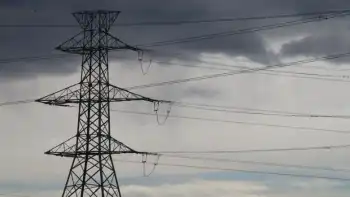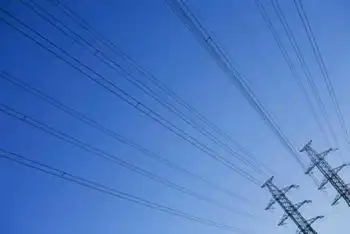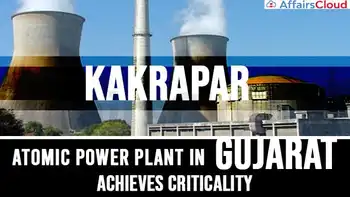SunPower achieves new efficiency record
By Industrial Info Resources
Protective Relay Training - Basic
Our customized live online or in‑person group training can be delivered to your staff at your location.

- Live Online
- 12 hours Instructor-led
- Group Training Available
The company recently claimed to have produced a full-scale solar power cell with a 24.2 conversion efficiency of sunlight to electricity. The cell was developed at the company's manufacturing unit in the Philippines. The new world record for large silicon wafers was confirmed by the U.S. Department of Energy's National Renewable Energy Laboratory.
The previous world record was held by electrical and electronic equipment manufacturer Mitsubishi Electric Corporation and was achieved in February this year. The company claimed to have achieved a sunlight-to-electricity conversion ratio of 19.3 for a polycrystalline silicon photovoltaic PV cell of 100 square centimeters or larger and 18.1 for an ultra-thin polycrystalline silicon PV cell. Japan's National Institute of Advanced Industrial Science and Technology confirmed the numbers.
"This new world record demonstrates SunPower's ability to extend our lead in manufacturing the world's highest efficiency solar cells," said Bill Mulligan, Sunpower's vice president of technology and development in a company press release. "Our patented and proprietary, high-efficiency solar cell technology drives down the cost of solar energy by increasing the energy production from each solar panel."
According to the company, the energy production from each wafer manufactured into a SunPower solar cell is increased by improving the cell efficiency, thereby decreasing the levelized cost of energy. "For the same reason, increased efficiency reduces the cost per watt and cost per kilowatt-hour for feedstock and materials, depreciation and other manufacturing expenses, installation time, land and system operations and related maintenance," SunPower said in the release.
Type III/V thin-film solar cells operate at 40 conversion efficiency. However, being extremely expensive, their only application is in solar panels on satellites. Sources say that they can also be economically viable on terrestrial surfaces by using mirrors with focusing capacities to increase the intensity of sunlight by a factor of 1,000. Researchers at the Eindhoven University of Technology are in the process of developing solar cells that boast a conversion efficiency of more than 65 by using nanotechnology. In fact the university researchers believe that their "nano-structured solar cells" will achieve the 65 rate within the next 10 years.
The researchers claim that nanotechnology, in combination with sunlight concentrated through mirror systems, can bring about the creation of the world's most energy-efficient solar cell, with costs of only 0.5 euros US $0.62 per Watt peak. This is a major cost decline, when compared with current costs of 1.50 euros $1.86 per Watt peak.
The Eindhoven researchers expect that when fully developed, these solar cells, in combination with the mirror systems, will be able to generate enough energy to meet a large portion of the energy demands of southern Europe and North Africa.
Meanwhile, SunPower announced in early June that it is constructing a 9.1-megawatt MW solar power plant in Badajoz, Spain, for renewable energy company Naturener Group. Earlier in May, the company also announced that the 4.4 million euro US $5.5 million financing for the second phase of the Montalto di Castro solar PV power park in Italy has been finalized. The first 24-MW phase of the park was completed in late 2009, and construction of the second 8.8-MW phase began this February, with expected commissioning this month.
The company also issued a release on June 24, announcing that it would supply 20 MW of high-efficiency solar PV panels to food retailer Groupe Casino. The agreement is modeled on a similar agreement between the two companies in 2009, under which SunPower supplied 15 MW of solar power cells to the Casino Group.











